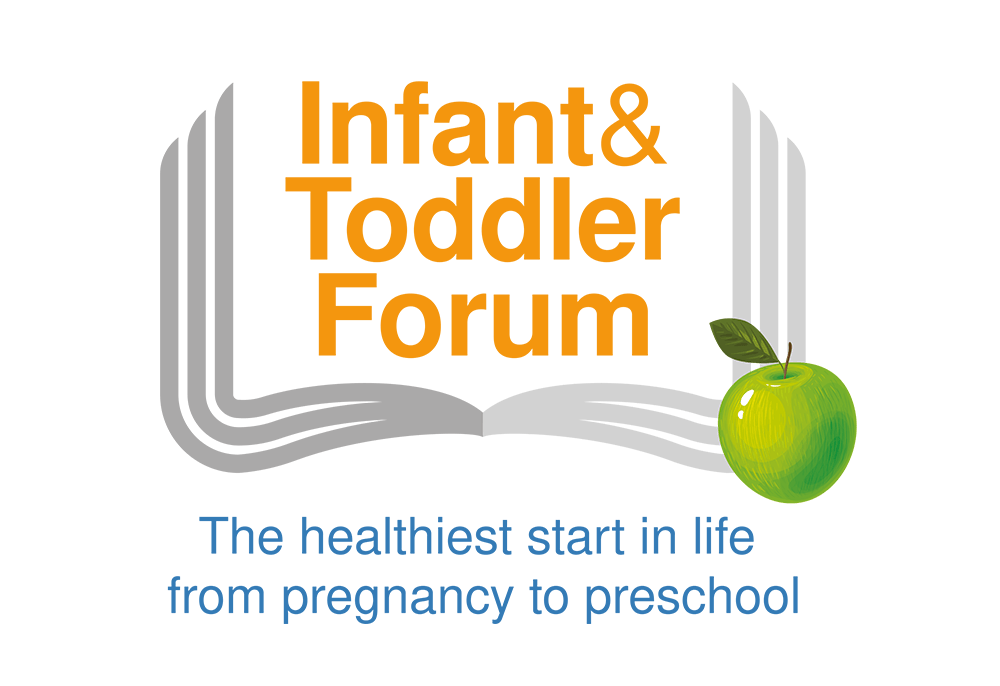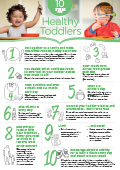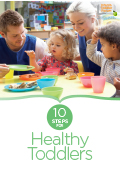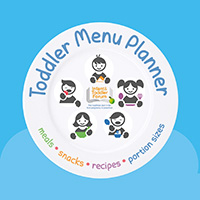
Use our Toddler Meal planning tool to ensure your 1-4 years old receives a balanced diet every day.
Find out more >
Use our toddler food tracker to check that your 1-4 year olds are getting a good balance of foods and activity
Find out more >
This educational programme for frontline professionals contains a range of practical resources on infant feeding.
Find out more >Ten Steps for Healthy Toddlers
With the Ten Steps for Healthy Toddlers, the Infant & Toddler Forum provides a practical, easy-to-follow guide on what food to offer, what behaviour to encourage, and how best to manage mealtimes. By following the steps, parents and carers will be giving toddlers a good start in life.
The toddler years (one to three years) are a time of rapid change. After your child’s first birthday he or she may:
- Show some food preferences – this might be for different textures, tastes and colours
- Like to feed himself or herself and be more independent
- Show sudden changes in food likes and dislikes
- Refuse to try new foods – this usually decreases as toddlers approach school age.
Ten Steps for Healthy Toddlers video
Watch this video, produced in collaboration with Parenting UK, for an easy to follow guide on what food to offer, what behaviour to encourage, and how best to manage mealtimes.
Try these ten steps for a healthy balance…
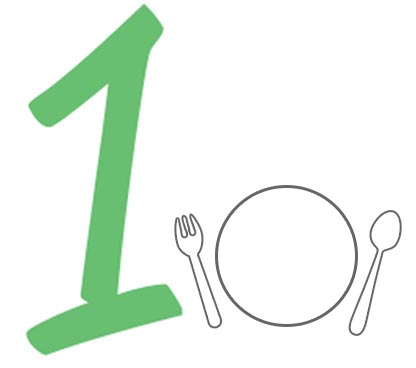
1. Eat together as a family and make mealtimes relaxed, happy occasions
Make food easy to eat – finger foods are good. Eat the foods that you would like your toddler to eat. Praise your toddler when he or she eats well or tries something new – toddlers take time to learn to like new foods.
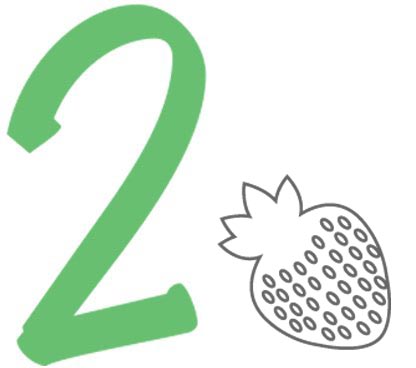
2. You decide which nutritious foods to offer but let your toddler decide how much to eat
Never insist your toddler eats everything on his or her plate.
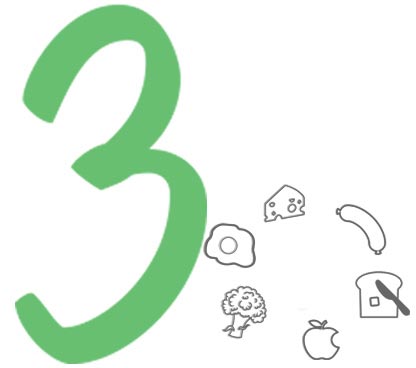
3. Offer foods from all five food groups each day
Together they give the right mix of nutrients your toddler needs.
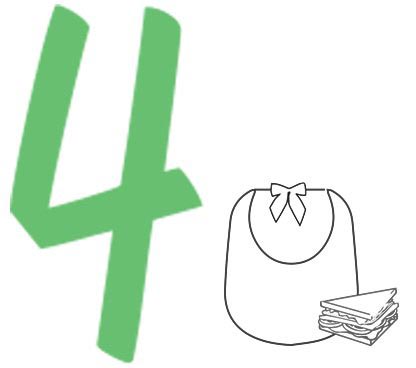
4. Have a routine and offer three meals and two to three snacks each day
Offer two courses at each meal and only offer nutritious snacks. Don’t allow grazing on food.
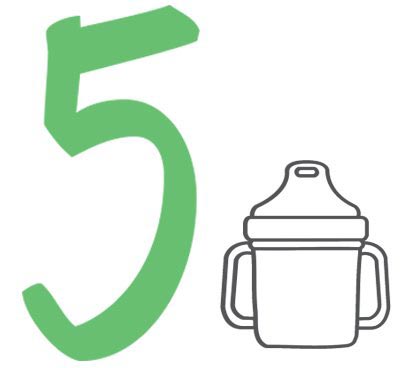
5. Offer six to eight drinks a day
Give all drinks in a beaker or cup – not bottles. 3-4oz or 100-120ml is about right. Water is a good choice.
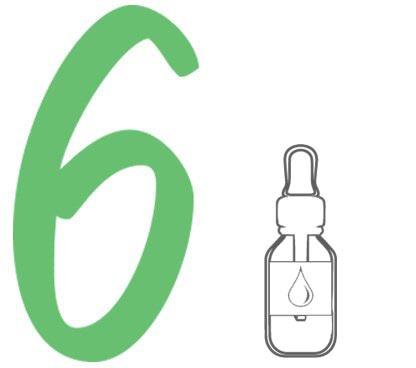
6. Give vitamin D every day
Toddlers don’t get enough in their food and need 10 micrograms in a supplement each day.

7. Respect your toddlers’ tastes and preferences – don’t force feed
Some children eat almost everything while others are much more picky. Some like foods kept separate on the plate and others are happy with foods mixed in together.
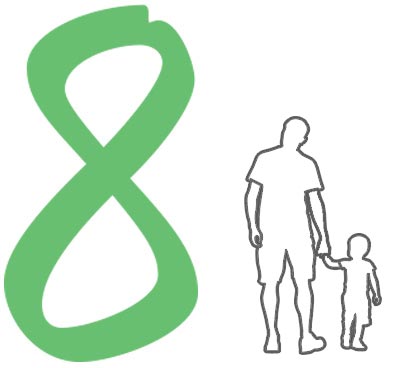
8. Reward your toddler with your attention – never give food and drink as a reward, treat or for comfort
Play, read or talk with your toddler as a reward. Always give fruit or a nutritious pudding – don’t use it as a reward for eating other foods first or for good behaviour.
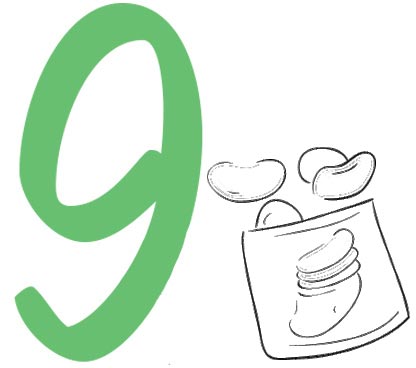
9. Limit
- Fried food, crisps, packet snacks, pastries, cakes and biscuits to very small amounts.
… and avoid
- Sugary squash, fizzy drinks, fruit juice, tea and coffee.
- Whole nuts and small, soft round foods which may cause choking.
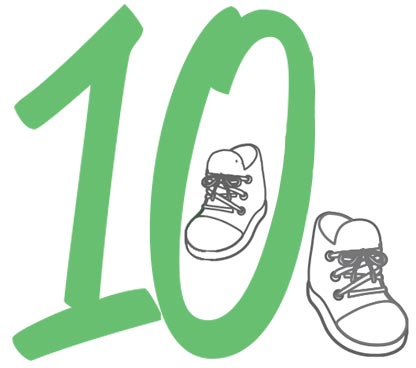
10. Encourage physical activity for at least three hours every day and about 12 hours sleep
All activity such as active play inside and outside, walking, running and dancing counts. Limit screen time particularly in the evening and before bedtime. Discourage/avoid eating whilst using a screen, whether it is watching TV or a mobile device.
